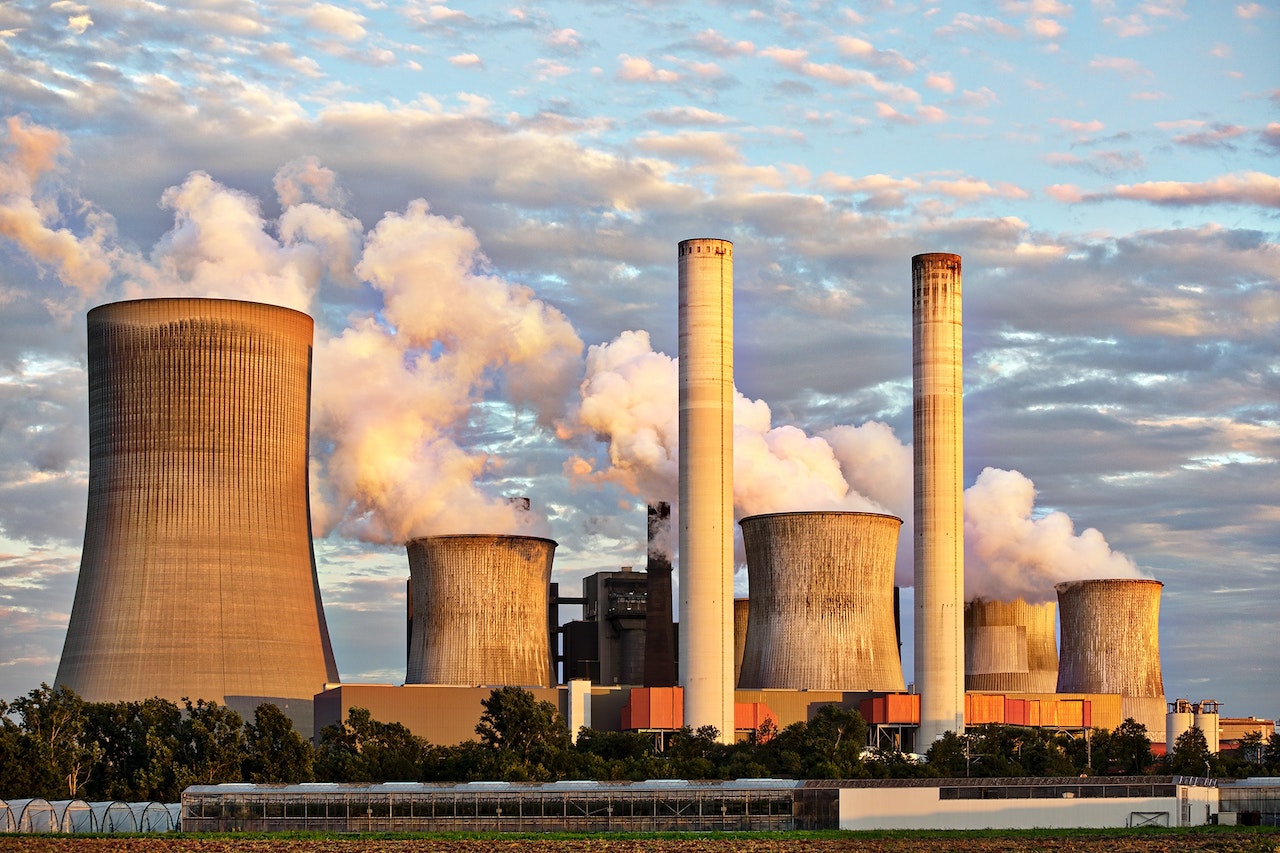Environmental site inspections are an important part of any environmental management plan. Such inspections allow for the detection of potential environmental hazards that could cause harm to people and the environment, as well as compliance with applicable laws, regulations, and standards. It's important to understand the purpose of environmental site inspections and how they can help you ensure a safe and healthy environment. Here are some of the key reasons why environmental site inspections are necessary.

Environmental site inspections help identify potential environmental risks and hazards at a given location. Inspectors look for factors such as the presence of hazardous materials, structural issues that could contribute to pollution, or any other conditions that could put people or the environment in danger. According to MFE Inspection Solutions, a thorough and complete site inspection is the best way to identify any existing or potential environmental hazards that may be present at your facility. It's essential to ensure that all possible risks and hazards are identified in order to ensure the safety of those who work at or frequent the facility.
Environmental site inspections are an essential tool for ensuring the proper management of hazardous materials and assessing compliance with local, state, and federal regulations. By conducting regular inspections, companies can quickly detect any violations or deficiencies in their operations, allowing them to take corrective action before costly fines or other penalties are incurred.
With this information, companies can make informed decisions about how best to reduce their environmental impacts and ensure ongoing compliance with governing regulations. It's also critical for ensuring the safety of employees and the public, as hazardous materials and conditions can be identified before they cause harm.
Environmental site inspections may also provide a record of existing conditions and can help detect potential problems before they become more serious. This can be particularly useful for identifying issues that are not readily visible, such as hazardous materials in the soil or groundwater contamination. Regular inspections can ensure that any changes to the environment are noted and addressed quickly and appropriately, which can help prevent costly remediation efforts down the line.
Additionally, regular environmental site inspections create a baseline record of existing conditions which will prove invaluable if future litigation is pursued or if claims arise against your organization concerning any potential harm caused by its actions or inactions related to the environment.
Environmental site inspections can help uncover any potential hazards, such as mold, asbestos, or lead contamination. They are also necessary to ensure that safety protocols and standards are being followed. Additionally, environmental site inspections can reduce the risk of workplace accidents, illnesses, and deaths due to environmental contamination. If a hazardous condition is discovered, employers must immediately address the issue and protect their employees. This could include implementing safety equipment, corrective measures, or a combination of both.
Environmental site inspections are used to evaluate the condition of soil and groundwater outside the property. The purpose of such reviews is to assess any potential contamination or other environmental risks associated with a particular piece of land. Inspections help identify sources of pollutants that could be dangerous to human health and the environment, as well as determine whether the source is still active or if it has been eliminated.
By identifying these risks, measures can be taken to protect both people and the environment from further harm. While a thorough inspection can provide valuable information, it's important to note that an inspection is not a guarantee of safety.
Environmental site inspections can help identify ways to reduce operational costs. For example, environmental issues may be causing inefficient energy use or there could be potential contamination sources that, if addressed, could save money in the long run. By understanding the purpose of an environmental site inspection and being prepared for it, companies can take proactive steps to reduce their operating costs and maximize their bottom line. Additionally, the information gathered will help inform future plans and projects, as well as provide an actionable item list for ongoing maintenance.

Environmental site inspections can be invaluable for companies, providing them with the information they need to reduce environmental impacts, create a safe and healthy work environment, protect the environment, and reduce operating costs. Knowing the purpose of such inspections is essential for any organization looking to operate responsibly and in compliance with governing regulations. Regular inspections are an important part of any company's efforts to protect its assets and the environment.





